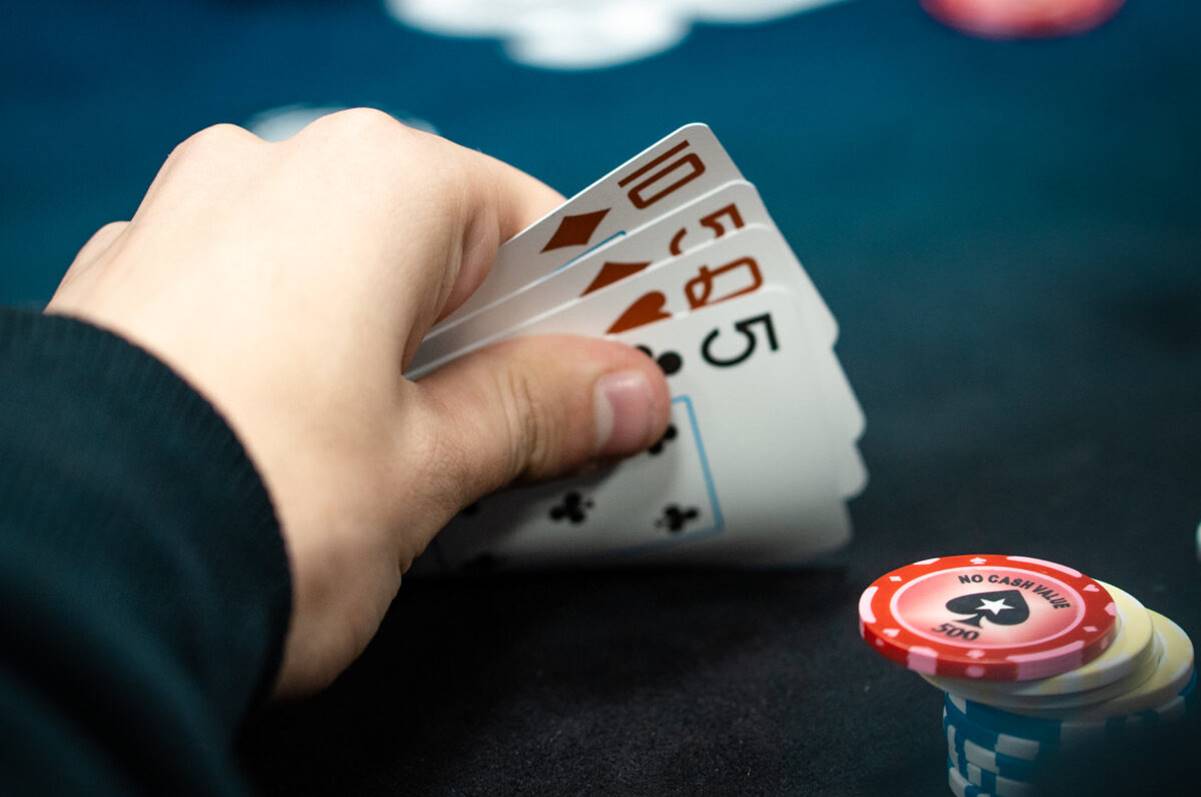Pot-Limit Omaha (PLO) is a thrilling variant of poker that has been gaining traction in both online and brick-and-mortar poker rooms. Known for its large pots and action-packed hands, PLO can be a goldmine for players who understand the nuances of post-flop play. While many players focus on pre-flop strategy, mastering post-flop play in PLO is crucial for long-term success. This article aims to give you a comprehensive guide to post-flop strategy in Pot-Limit Omaha, including board texture, bet sizing, and player tendencies.
Understanding the Importance of Post-Flop Play
In PLO, you start with four hole cards, leading to a plethora of potential hand combinations. Unlike Texas Hold'em, where post-flop play often simplifies as the action proceeds, PLO often becomes more complicated after the flop. The multi-way pots and wider hand ranges mean that navigating the post-flop streets effectively is often what separates winning from losing players.
Board Texture Matters
Board texture is critical in PLO post-flop strategy. In simple terms, the board texture refers to how the community cards relate to each other and to potential hand ranges. Here are some general pointers:
Wet Boards: A wet board contains many drawing possibilities like straights, flushes, or even full houses. If the board is wet and you’re holding a strong but vulnerable hand, consider betting strong to charge your opponents for their draws.
Dry Boards: Dry boards are those that have fewer drawing possibilities. Here, you can often take pots down with a well-timed continuation bet, regardless of whether you've hit the board.
Paired Boards: Paired boards tend to favor the player in position, as they can represent having trips or a full house, thereby putting a lot of pressure on the out-of-position player.
Bet Sizing and Pot Control
In PLO, bet sizing is a subtle art that can heavily influence the outcome of the game. Pot control becomes crucial, especially when you have a hand that's likely ahead but vulnerable to draws.
Value Betting: With strong hands, you should aim for larger bet sizes to build the pot. In PLO, there's often someone willing to pay you off with a lesser holding or a draw.
Bluffing: A significant part of post-flop play is knowing when to fire a bluff. This usually works best in scenarios where the board clearly favors your perceived range or when your opponent has shown signs of weakness.
Blocking Bets: Sometimes a smaller 'blocking' bet is useful when you're unsure of where you stand in the hand. This bet size enables you to see another card cheaply or reach showdown without committing too many chips.
Player Tendencies and Table Dynamics
Knowing your opponents can give you an upper hand in post-flop play. Some players are too aggressive, while others are overly passive. Here's how to exploit those tendencies:
Against Aggressive Players: You might consider check-raising more often, especially if you hold a strong hand or draw.
Against Passive Players: You can frequently value bet weaker hands that you might check against more aggressive players.
Drawing Hands: To Continue or Not to Continue
Drawing hands can be a bit tricky in PLO. When you flop a strong multi-way drawing hand, the pot odds often justify seeing another card, but be wary of committing too many chips with 'naked' draws that lack additional equity, like backdoor flushes or straight draws.
Nut Peddling vs. Speculative Play
In some PLO games, particularly at lower stakes, simply waiting for strong hands (nut peddling) can be a profitable strategy. However, as you move up in stakes or face better players, a more speculative approach becomes necessary. You'll need to be capable of playing a wider range of hands and navigating various post-flop scenarios efficiently.
Balancing Your Post-Flop Range
Being predictable can be a significant disadvantage in PLO. Always having the goods when you bet big makes you easy to read. Make sure to occasionally mix in some bluffs and semi-bluffs in your post-flop play. This makes you more challenging to play against and allows you to get paid when you do have a strong hand.
Conclusion
Mastering post-flop play in Pot-Limit Omaha is a complex endeavor that requires a keen understanding of board texture, bet sizing, and opponent tendencies. While pre-flop considerations are crucial, most of your big decisions in PLO will come on the flop, turn, and river. By focusing on the aspects outlined in this article, you'll be better equipped to navigate these critical stages of the hand.
Your goal should be to build a flexible post-flop strategy that you can adjust based on your specific situation, whether that involves exploiting specific player tendencies, understanding pot odds, or intuitively reading board textures. Like any complex skill, it takes time and practice to get good at this, but the payoff can be enormous.
So, the next time you find yourself in a multi-way pot with a range of possible outcomes, take a deep breath, consider your options, and employ the best post-flop strategy to maximize your chances of walking away a winner.






